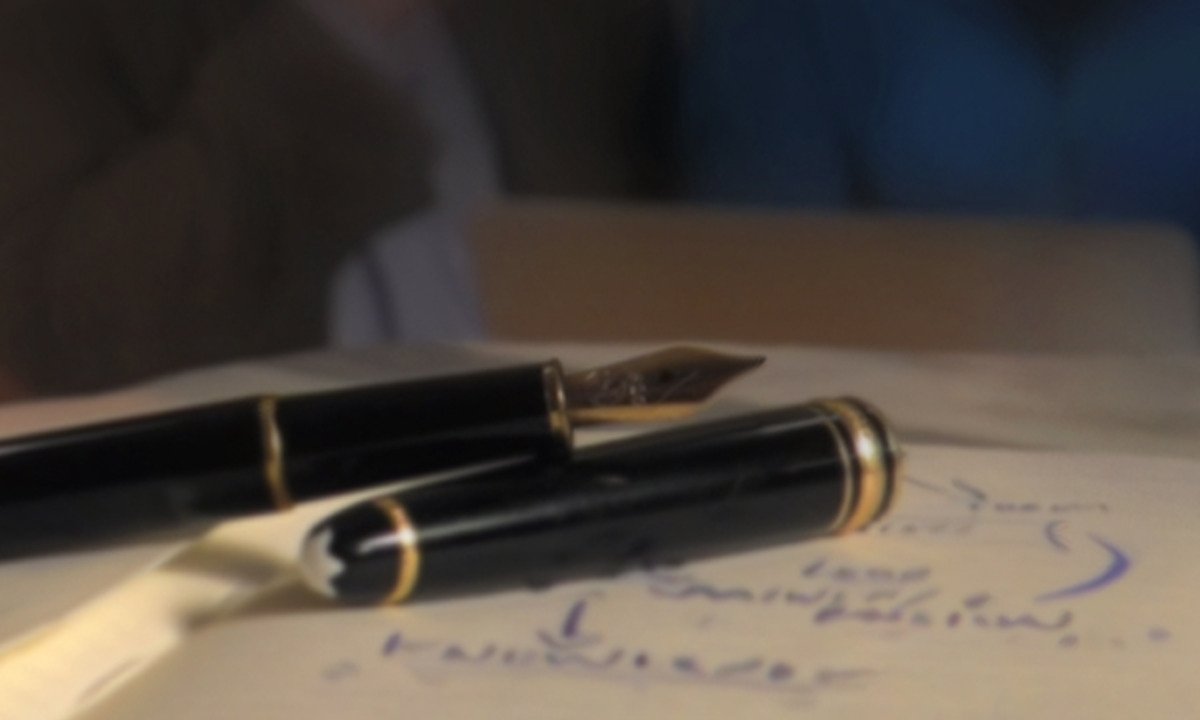GRATIS
University of Melbourne vía Coursera
GRATISGraphic Design
Acerca de este curso
- Getting Started
- This week introduces you to the importance of recognizing good design as the starting place for creating professional, attractive work of your own. We will look to the ubiquitous world of graphic design to establish a vocabulary of successful design and to find inspiration for our own projects. We will also discuss course prerequisites and review a basic digital design glossary that will help you navigate your chosen application.
- The Blank Canvas
- This week will look at the blank canvas – the untouched rectangle that will become our design project. We’ll discuss the importance of working with a grid, understanding negative space, and using appropriate margins. This week will also explore the palette of elements which, when chosen and used wisely, ensure that the finished design project is successful. We’ll cover type, color, images, and graphic elements such as borders, bars, and backgrounds.
- Tricks of the Trade
- It's time to start designing! In this week, we'll discuss the process of composition. We'll use the palette items covered in week 2, and deploy common visual design “tricks” such as contrast, repetition, sublimation, tension, and more. To help see both the effect and the universality of these design approaches, we'll look at design examples from art history, film, and current media. We’ll also cover the strategy of composition. We'll see that providing an obvious target, maintaining a natural visual flow, and prioritizing information are all critical to clear visual communication.
- Revision and Distance
- As we've said before, designers don't work in a vacuum. Our work will be judged by others, and, as good designers, we will learn to take that judgement constructively and in stride. In this week we’ll talk about what it means to be confident, yet open to criticism. We’ll explore the importance of revision as an ongoing component of design, as well as the need to enlist feedback and maintain distance in assessing our own work.
Cursos relacionados

GRATIS Aprendiendo a aprender: Poderosas herramientas mentales…
Deep teaching solutions
Español

GRATIS Programación para todos (Introducción a Python)
University of Michigan
Inglés

GRATIS The Science of Well-Being
Yale
Inglés

GRATIS Negociación exitosa: Estrategias y habilidades esenciales
University of Michigan
Inglés

GRATIS Primeros Auxilios Psicológicos (PAP)
Universitat Autónoma de Barcelona
Español



